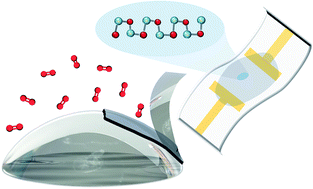State-of-the-art surface oxide semiconductors of liquid metals: an emerging platform for development of multifunctional two-dimensional materials
Abstract
Two-dimensional (2D) surface oxide films of post-transition liquid metals and their alloys have been recently introduced as an emerging category of ultra-thin functional semiconductor materials with fascinating physico-chemical and structural characteristics. These 2D films are natural surface oxide films of low melting temperature post-transition metals, similar to gallium, tin and their alloys. The natural 2D structure, accessibility and facile synthesis, in addition to their unique electronic characteristics, make this family of 2D materials a functional option for the development of a library of 2D materials and fabrication of 2D based semiconductor electronic and optoelectronic devices for novel applications. The present paper provides a comprehensive overview on the synthesis methods of 2D surface oxides of liquid metals and their families. The surface functionalization and post-processing approaches are also discussed and the potential applications of these 2D materials are reviewed. The recent findings have warranted the promising and ongoing development in the relevant fields and unprecedented growth of the number of functional devices based on these novel 2D materials.



 Please wait while we load your content...
Please wait while we load your content...